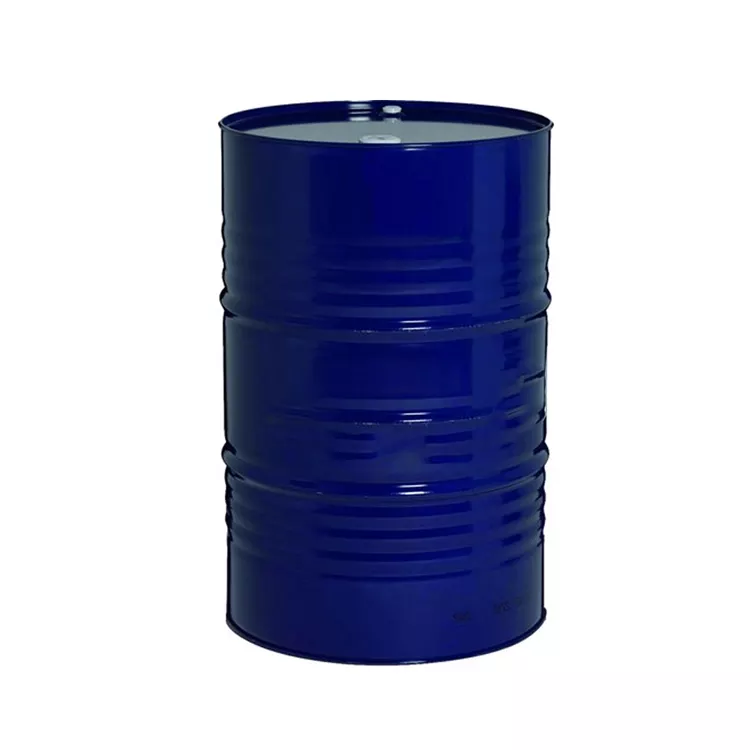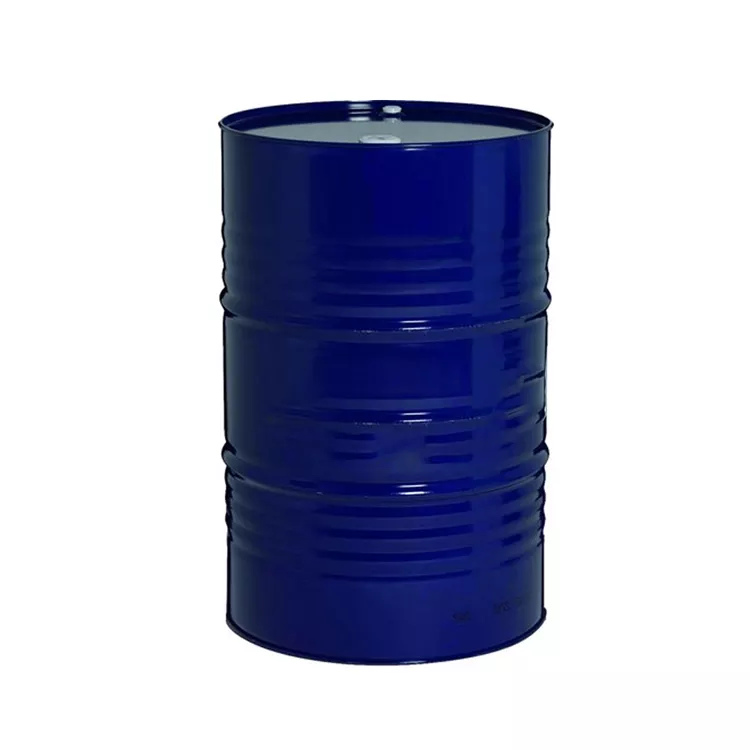Introduction
Organotin compounds are a class of organometallic chemicals that contain at least one carbon-tin bond. These compounds have a wide range of applications, from industrial uses such as PVC stabilizers and biocides to more specialized uses in pharmaceuticals and agriculture. However, the widespread use of organotin compounds has raised concerns about their environmental impact and potential toxicity. This essay will discuss the various roles of organotin compounds, their environmental implications, and potential mitigation strategies.


Applications of Organotin Compounds
- Industrial Applications: The most common use of organotin compounds is as stabilizers for polyvinyl chloride (PVC) plastics. They prevent the degradation of PVC by heat, light, and oxygen, thereby extending the lifespan of PVC products. This application accounts for the majority of the global organotin market.
- Biocidal Applications: Organotin compounds, such as tributyltin (TBT), have been used as powerful biocides to control the growth of bacteria, algae, and marine organisms on ship hulls, water pipes, and other surfaces. They have been particularly effective in preventing biofouling, which can cause significant economic losses and operational inefficiencies.
- Pharmaceutical and Agricultural Applications: Some organotin compounds have been explored for their potential antitumor, antimalarial, and antimicrobial properties. In agriculture, they have been used as fungicides and pesticides to protect crops from diseases and pests.
Environmental Impact of Organotin Compounds
Despite their useful applications, organotin compounds have raised concerns about their environmental impact. They are highly persistent in the environment and can bioaccumulate in aquatic organisms, leading to toxic effects on both target and non-target species.
- Bioaccumulation and Biomagnification: Organotin compounds can accumulate in the tissues of aquatic organisms, and their concentration can increase as they move up the food chain. This process, known as biomagnification, can lead to toxic effects on higher trophic levels, such as fish, birds, and mammals.
- Endocrine Disruption: Organotin compounds, particularly TBT, have been found to act as endocrine disruptors in aquatic organisms. They can interfere with the hormonal systems of these organisms, causing reproductive abnormalities, developmental defects, and immune system dysfunction.
- Ecological Impacts: The widespread use of organotin biocides has led to declines in populations of certain marine species, such as oysters and dog whelks. These declines can have cascading effects on the structure and function of marine ecosystems.
Mitigation Strategies
Given the environmental concerns surrounding organotin compounds, various mitigation strategies have been implemented or proposed.
- Regulations and Restrictions: Many countries have imposed regulations and restrictions on the use of certain organotin compounds, particularly TBT. The International Maritime Organization (IMO) has banned the use of TBT-based paints on ship hulls, and the European Union has restricted the use of organotin compounds in various applications.
- Alternatives and Substitutes: Research is ongoing to develop alternatives and substitutes for organotin compounds. For example, non-toxic silicone-based coatings have shown promise as alternatives to TBT-based antifouling paints. In the PVC industry, efforts are being made to develop more environmentally friendly stabilizers, such as calcium-zinc stabilizers.
- Monitoring and Remediation: Regular monitoring of organotin levels in the environment can help identify potential sources of contamination and inform remediation efforts. Various techniques, such as sediment capping and in situ chemical reduction, have been used to remediate organotin-contaminated sites.
Conclusion
Organotin compounds play important roles in various industrial, biocidal, and pharmaceutical applications. However, their environmental impact, particularly their toxicity to aquatic organisms and potential for bioaccumulation, has raised concerns. Mitigation strategies, such as regulations, alternatives, and remediation efforts, are essential for minimizing the environmental risks associated with these compounds. By understanding the roles and implications of organotin compounds, we can better navigate the challenges and opportunities they present in
Recommended Reading:



